Optimal Timing for Waterproofing Projects
Waterproofing is a critical process to prevent water intrusion and protect structures from damage. The optimal time for waterproofing depends on weather conditions, project scope, and material type. Proper timing ensures the effectiveness and longevity of waterproofing systems, reducing the risk of failure and costly repairs.
Spring offers moderate temperatures and low precipitation, ideal for waterproofing projects before heavy rains.
Summer provides warm, dry conditions that facilitate proper curing of waterproofing materials, especially in warmer climates.
Fall is suitable for waterproofing before winter, allowing materials to set before cold weather sets in.
Winter is generally not recommended due to freezing temperatures that can compromise waterproofing applications.
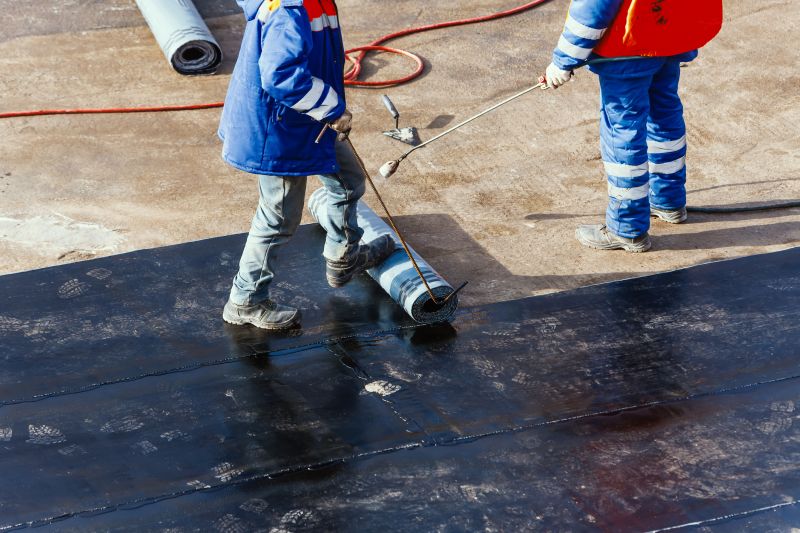
Spring weather is ideal for waterproofing projects due to mild temperatures and reduced rainfall.
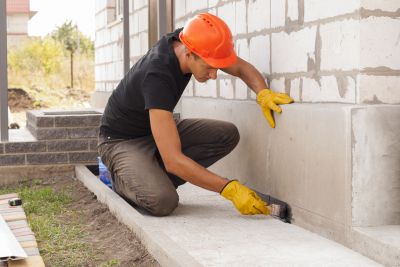
Warm and dry conditions in summer help ensure proper curing and adhesion of waterproofing membranes.

Applying waterproofing before winter helps protect structures from upcoming cold weather.
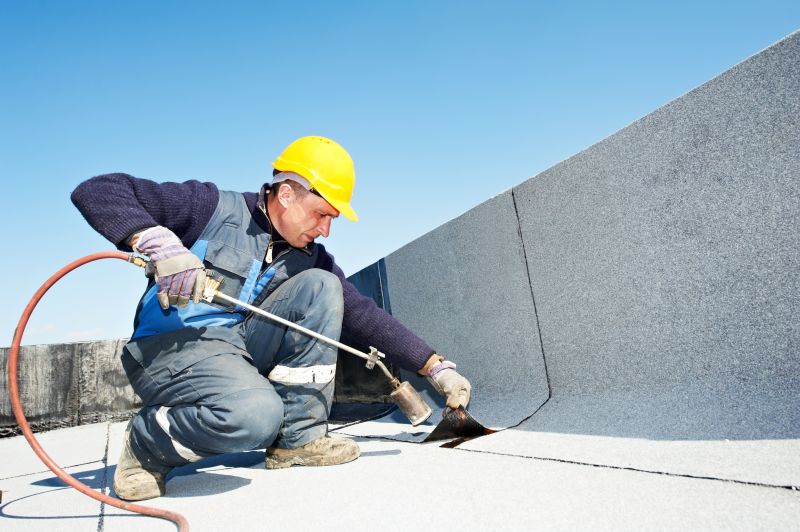
Cold temperatures can hinder waterproofing effectiveness; avoid applications during freezing conditions.
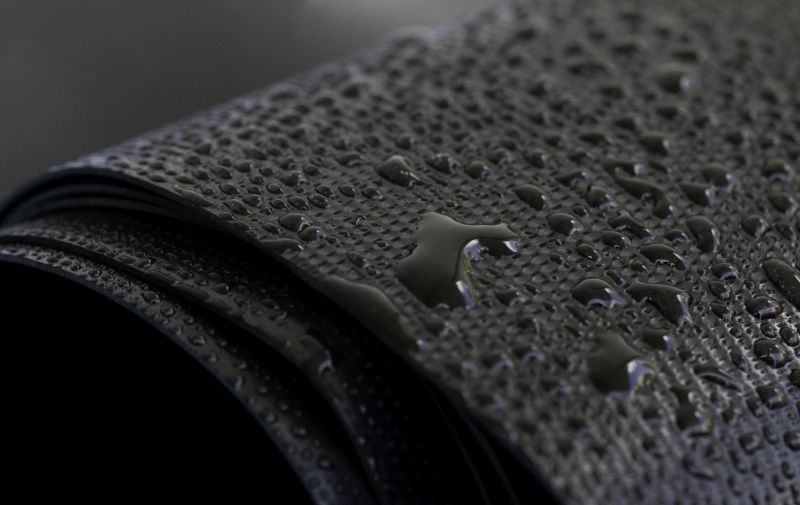
Selecting suitable waterproofing materials depends on seasonal temperature ranges.
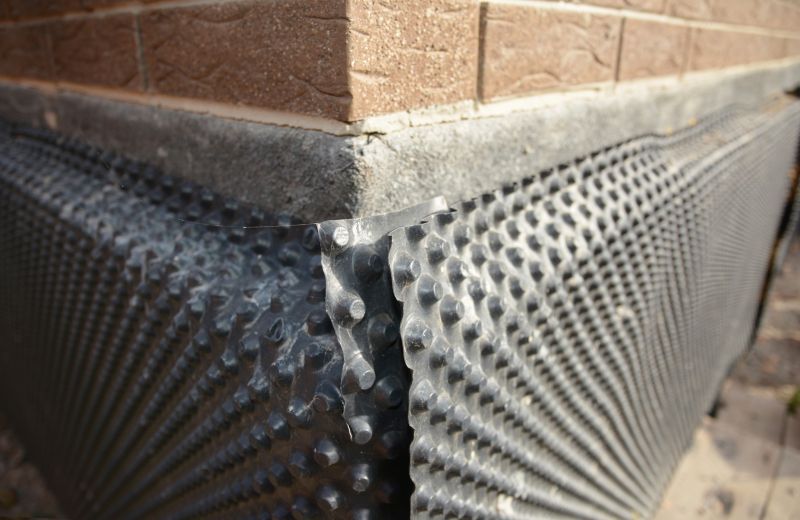
Dry weather ensures better adhesion and curing of waterproofing products.
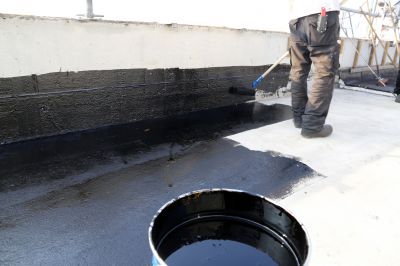
Heavy rain can disrupt waterproofing application and compromise results; plan accordingly.
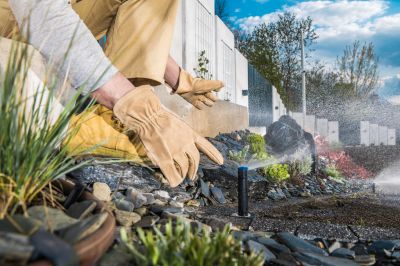
Proper planning is essential to protect waterproofing from winter weather effects.

Applying waterproofing in fall ensures structures are protected before cold weather arrives.
| Season | Optimal Conditions |
|---|---|
| Spring | Moderate temperatures, low rainfall, ideal for most waterproofing materials. |
| Summer | Warm and dry, suitable for curing and adhesion. |
| Fall | Cooler temperatures but still suitable before winter. |
| Winter | Freezing temperatures and snow hinder application and curing. |
| Late Fall | Prepare before winter with waterproofing applications. |
| Early Spring | Early applications can be effective if weather permits. |
Waterproofings are essential for protecting structures from water penetration, which can lead to structural damage, mold growth, and interior deterioration. The choice of waterproofing method and timing plays a significant role in ensuring durability. Common waterproofing systems include membrane barriers, liquid coatings, and sealants, each suited to different environmental conditions and structural requirements. Proper application during the right season enhances performance and extends the lifespan of the waterproofing system.

Membranes are often applied during optimal weather conditions for best adhesion.
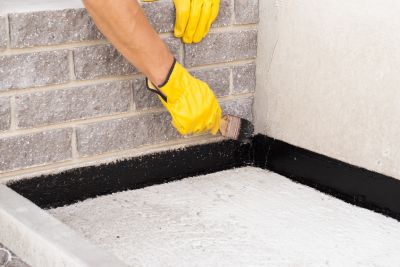
Best applied in dry, mild weather to ensure proper curing.

Sealants are most effective when applied before extreme weather changes.

Post-application inspection ensures waterproofing integrity before adverse weather.
Choosing the right time for waterproofing projects is crucial for achieving optimal results. Planning around seasonal weather patterns helps ensure materials set properly and structures remain protected from water damage. Consulting with waterproofing professionals can provide guidance tailored to specific environmental conditions and project requirements.
Interested in waterproofing solutions? Fill out the contact form for more information.

